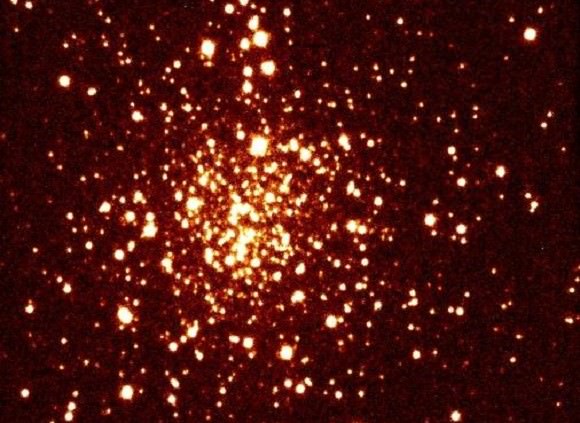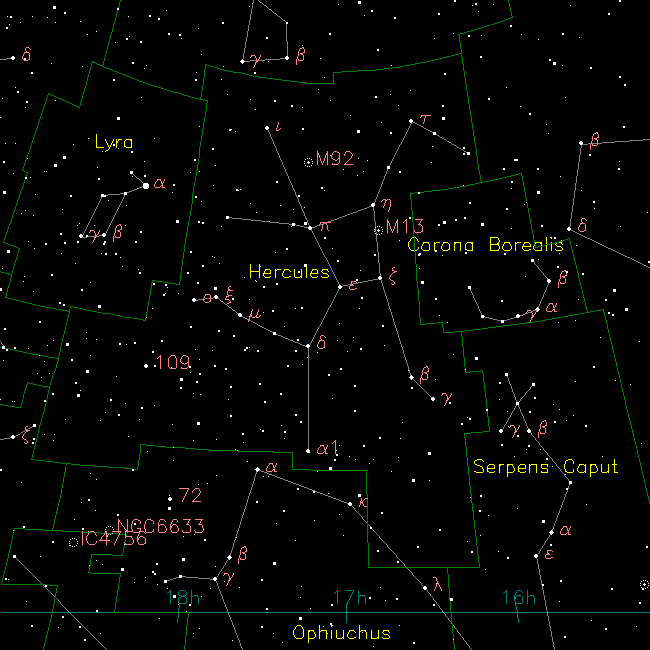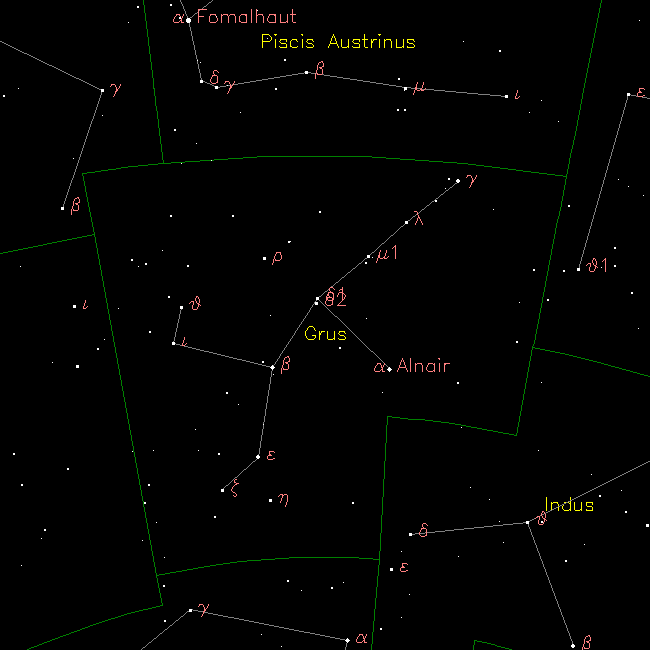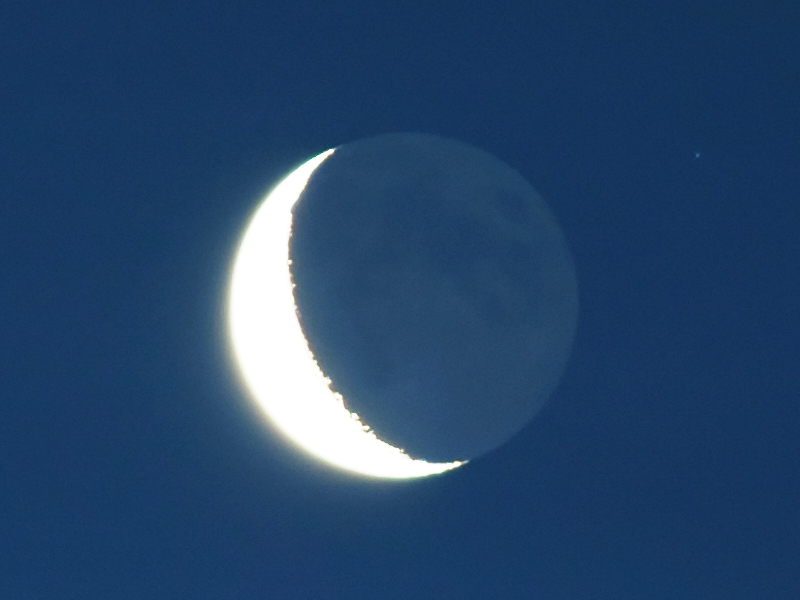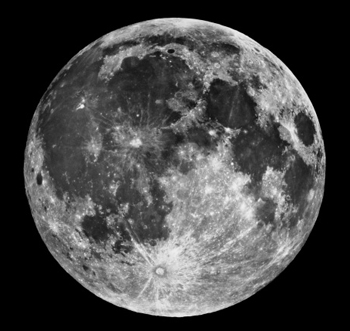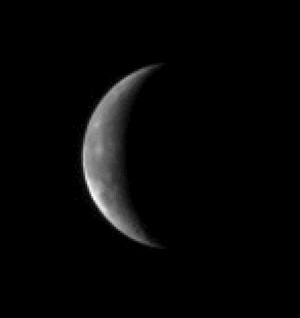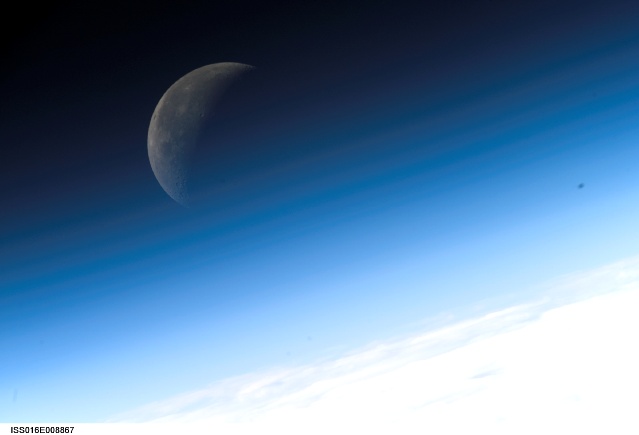[/caption]
The constellation of Hydrus was originally created by Petrus Plancius from the observations of Dutch sea navigators Pieter Dirkszoon Keyser and Frederick de Houtman when exploring the southern hemisphere and should not be confused with its more northerly counterpart – Hydra. Hydruss’ stellar patterns became known when it appeared on a celestial globe in 1597 and was considered a constellation when it was added to Johann Bayer’s Uranometria catalog in 1603. It survived the years to become one of the 88 modern constellations recognized by the International Astronomical Union. Hydrus is a southern circumpolar constellation and covers approximately 243 square degrees of sky. It contains 3 major stars which make up its asterism and 19 stars which have Bayer/Flamsteed designations. Hydrus is bordered by the constellations of Dorado, Eridanus, Horologium, Mensa, Octans, Phoenix, Reticulum and Tucana. It can be seen by observers located at at latitudes between +8° and ?90° and is best visible at culmination during the month of November.
Because Hydrus wasn’t visible to the ancient Greeks or Romans, no mythology surrounds this constellation. It is, however, just another example of how constellation names and figures can sometimes repeat themselves, like Ursa Major and Minor, Canis Major and Minor, Pegasus and Equuleus, Leo and Lynx… Perhaps the ancient Maori had legends about this handful of stars! To them, the Hydrus was the water snake who killed crocodiles by entering into their mouths and killing them from the inside…
Let’s begin our binocular tour with the second brightest of the stars – Alpha Hydri – the “a” symbol on our map. Once upon a time in the year 2900 BC, this happy little F class dwarf star had the honor of being the southern pole star. Thanks to the precession of the equinoxes, it has long since moved away, but continues to be of interest as it gears up to become a red giant star. Rotating completely on its axis about every 26 hours, all of Alpha’s exterior activity happens acoustically rather than magnetically. Why? Because 71 light year distant Alpha has a high metal content!
Now, drop south for Beta Hydri – the “B” symbol on our map. In binoculars you’ll see a nice visual double star. Beta is located 24.4 light years from our solar system and right now serves the distinction of being the brightest star closest to the south celestial pole. What’s special about it? What you’re looking at is nearly a duplicate of our own Sun. While it is just slightly larger and brighter, Beta is most definitely a subgiant near or at the end of its hydrogen fusing life – on its way to becoming a red giant no larger than the orbit of Earth. Its maximum rotation period is 29 days, very near to that of the 24 day cycle of Sol and its evolutionary fate appears to be similar – a “one day” white dwarf star.
Hop north and east for Gamma Hydri – the “Y” shape on our map. If you think you’re seeing red compared the the soft yellow-white of the other stars – you’re right. Gamma is a luminous class M red giant star that has signed off core hydrogen fusion and is approaching the end of its life span. While it is not terribly large – not even the size of the orbit of Mercury compared to our Sun, Gamma puts out some real stellar luminosity – shining 650 times brighter than Sol. This may be because it is firing up its helium to fuse carbon and oxygen… or it may have depleted its helium and is about to toss off its outer envelope and become a dead, white dwarf!
Before we move on, let’s head back north… Stopping first to pay our respects to visual double star Pi 1 Hydri – a non-interacting pair of 6th magnitude giants. Look closely because Pi 1 is red and Pi 2 is orange! Now, hop east to Eta 2 – the “n 2” symbol on our map. What’s so special about Eta 2? First off, Eta Hydri is a double star – a true binary star consisting of a blue-white dwarf called Eta 1 and a yellow giant star, Eta 2. But hey, that’s not what really fun. What’s really run is there is a giant planet orbiting around Eta 2! It’s about 217 light years from Earth and it goes by the very unromantic name of HD 11977 b. Sure, it’s about six and a half times the size of Jupiter, which puts it right up there at dead star size… But hey! It’s a planet! This means at least a few intermediate-mass stars could host substellar companions – either planets or brown dwarfs. When later measured by Doppler, science proved HD 11977 b was clearly within the planetary mass and became the first to be accurately determined.
Are you ready for a true telescope challenge? Hydra isn’t precisely known for bright objects, so our first is IC 1717 (RA 01h 32m 30.0s Dec -67 32′ 12.0″). What is it? Well… nothing. The only thing we really know for sure it that something was there when Dreyer cataloged this position because Dreyer was exceedingly good at his job. Maybe it was a comet… Maybe it was something variable. It never hurts to look!
Just in case you have an small telescope, you might want to try NGC 1466 (RA 03:44.5 Dec -71:41). This 11.5 magnitude globular cluster doesn’t belong to the Milky Way Galaxy… it belongs to the Large Magellanic Cloud. Even that far away, science has been able to spot that it has 44 RR Lyra type variable stars and is every bit as old as the galaxy halo to which it belongs!
For large telescopes, try NGC 1511 (RA 3:59.5 Dec -67:38), too. This ‘object’ is actually a triple set of galaxies whose co-ordinates are so close to one another that they almost appear as one unit. Interacting galaxies? You bet. This galaxy collision is a process that’s been going on for a billion years and will eventually become a giant elliptical galaxy at then end. Chances are NGC 1511 has already absorbed at least one galaxy in its past. According to scientists, “the peculiar optical ridge to the east of NGC 1511 is probably the stellar remnant of a galaxy completely disrupted by interactions with NGC 1511”.
Sources: Wikipedia, Chandra Observatory
Charts Courtesy of Your Sky.

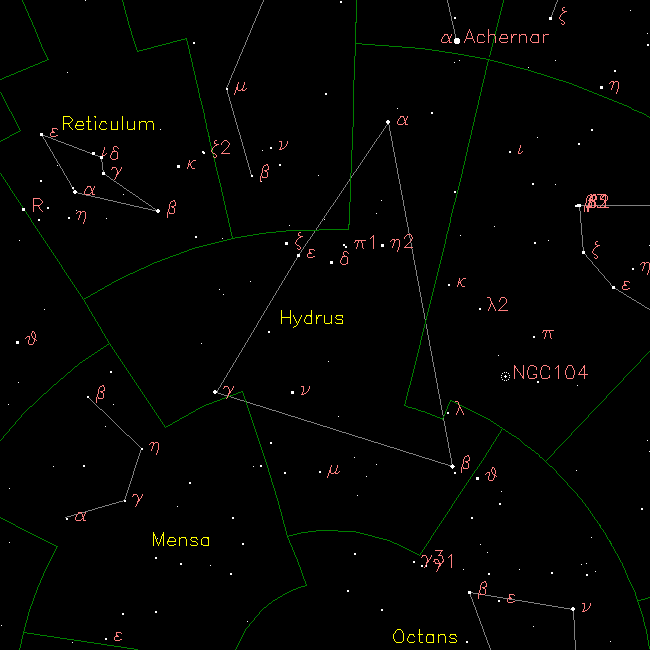

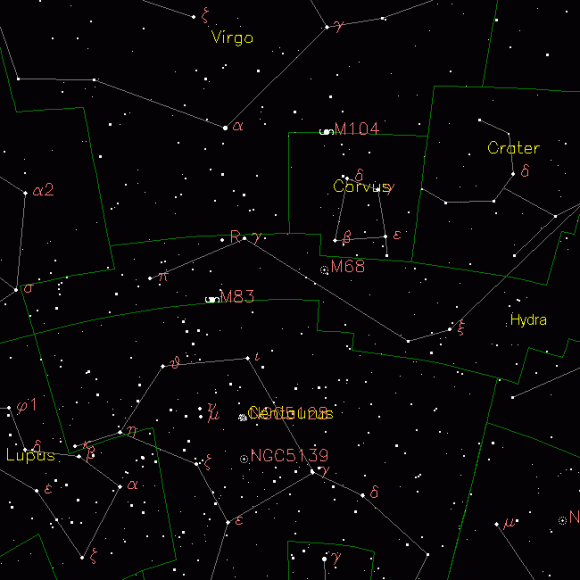
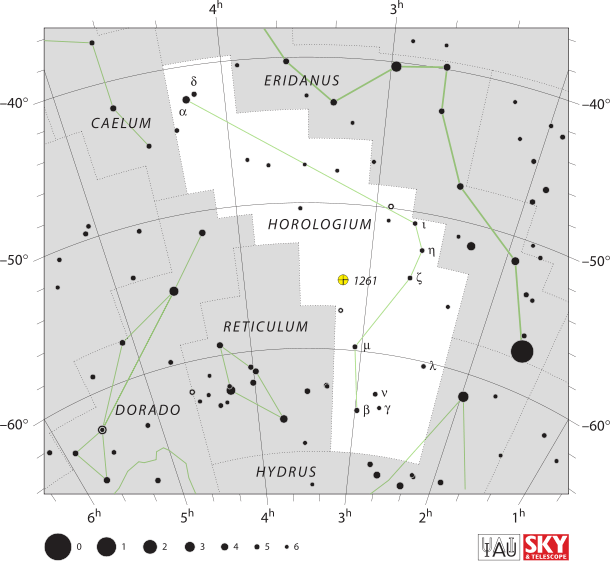
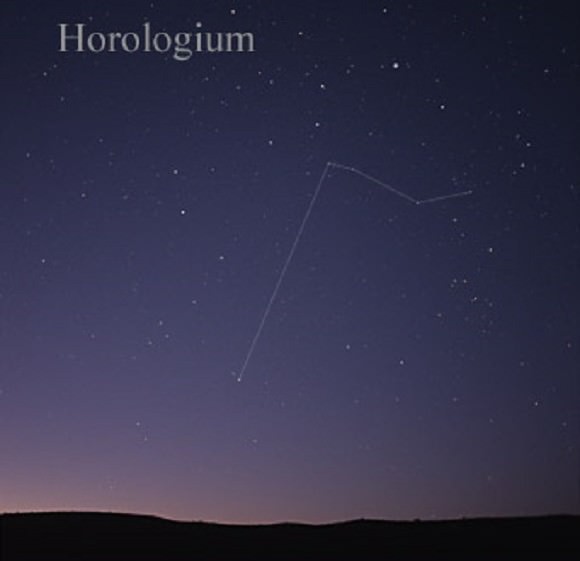
![Spring driven pendulum clock, designed by Huygens, built by instrument maker Salomon Coster (1657),[96] and copy of the Horologium Oscillatorium,[97] Museum Boerhaave, Leiden](https://www.universetoday.com/wp-content/uploads/2008/11/Christiaan_Huygens_Clock_and_Horologii_Oscillatorii-580x279.jpg)
